Explore the secret areas of 15 historic US forts that have just been opened to the public. These hidden gems offer unique insights into America’s past, showcasing architectural marvels and stories that have been long forgotten. Whether you’re a history buff or an adventure seeker, these forts promise to captivate your imagination and enrich your understanding of American history.
Fort Sumter

Nestled in Charleston Harbor, Fort Sumter stands as a sentinel of American history. Its brick walls whisper tales of the Civil War’s first shots, echoing across time. Recently opened secret areas now reveal hidden armory rooms and soldiers’ quarters, offering a glimpse into military life of the past.
Imagine standing where soldiers once strategized, their breath mingling with the salt of the sea. The fort’s architecture, a marvel of its era, showcases the resilience and ingenuity of those who built it.
A visit here is a journey back in time, a chance to walk in the footsteps of history.
Fort Ticonderoga
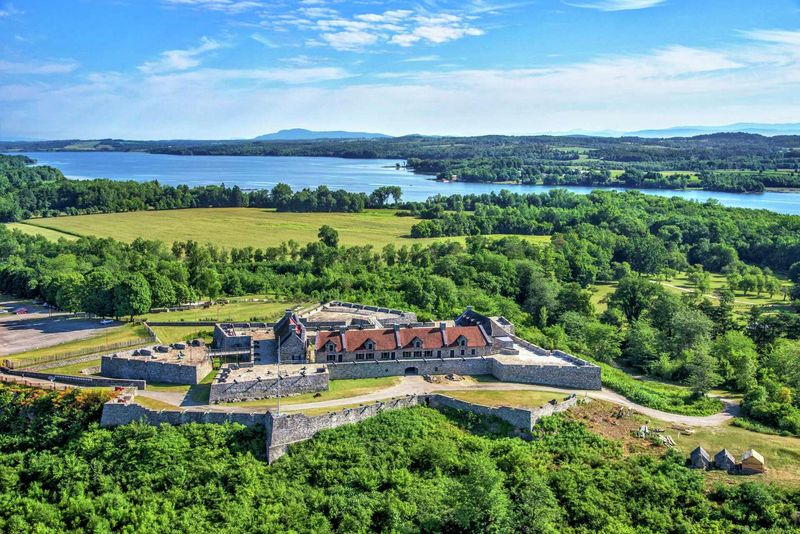
Perched on the shores of Lake Champlain, Fort Ticonderoga boasts a storied past. Its newly unveiled areas include underground tunnels and storage rooms that once held vital supplies.
Walking through these spaces, one can almost hear the clatter of boots and the murmur of strategic discussions. The fort’s strategic location and design speak volumes of its historical significance in both the French and Indian War and the American Revolution.
It’s a testament to the fortitude and determination that shaped a nation, inviting visitors to explore and discover its many secrets.
Fort McHenry
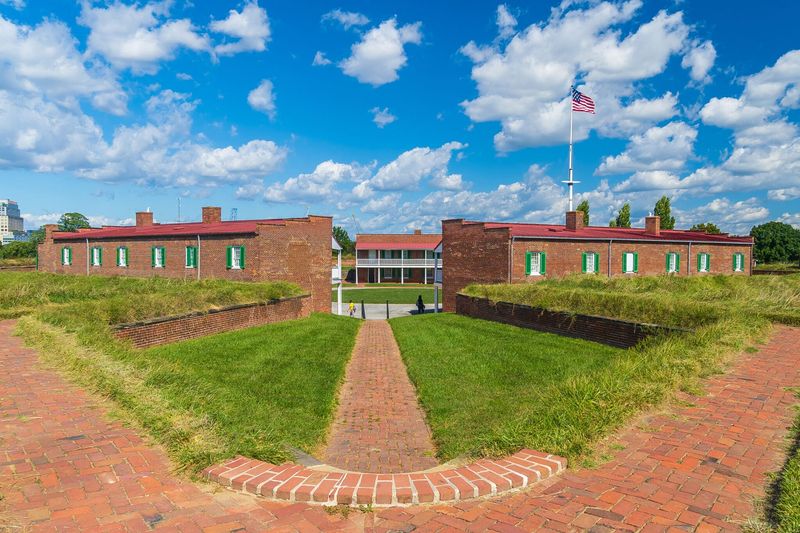
Famed for its role in inspiring the national anthem, Fort McHenry is a beacon of resilience. The newly accessible sections include officers’ quarters and signal stations that offer a rare peek into its storied past.
Walking these grounds, you can feel the pride and hope that once fueled a besieged nation. The fort’s star-shaped design is both elegant and formidable, reflecting the era’s architectural prowess.
Here, history is not just remembered; it’s lived, as each step transports you to a pivotal moment in America’s fight for freedom.
Fort Knox (Kentucky)

Beyond its reputation as a bullion depository, Kentucky’s Fort Knox holds secrets of its own. Newly opened tunnels and bunkers tell tales of military strategy and innovation.
Imagine the covert operations once planned within these walls, the air thick with urgency and purpose. Fort Knox’s architecture is a blend of functionality and fortitude, standing as a testament to America’s strategic ingenuity.
Visiting these secret areas feels like uncovering a hidden chapter of history, one that reveals the inner workings of a nation’s defense strategies.
Fort Adams

Overlooking Narragansett Bay, Fort Adams is a fortress of maritime history. The newly revealed sections include naval defense installations and command centers.
Walking through these areas, you sense the vigilance and readiness that once permeated the air. Fort Adams, with its expansive parade ground and robust walls, is a masterpiece of military architecture.
Each corner of this fort echoes with stories of sailors and soldiers, making it a must-visit for anyone interested in naval history and defense systems.
Fort Frederica
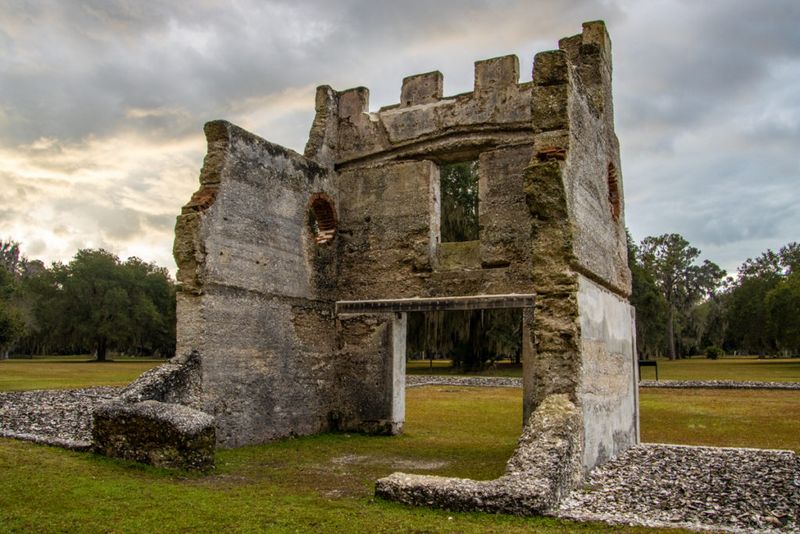
On St. Simons Island, Fort Frederica offers a serene yet poignant glimpse into colonial history. Newly accessible areas include remnants of settlers’ homes and defensive structures.
As you wander these historic paths, the whispers of colonial settlers seem to linger in the air. The fort’s ruins, framed by moss-draped oaks, tell stories of a bygone era, where the struggle for survival was all too real.
This peaceful yet evocative site invites reflection on the endurance and spirit of early American settlers.
Fort Jefferson

In the remote Dry Tortugas, Fort Jefferson is an imposing structure surrounded by turquoise waters. The newly accessible areas reveal prison cells and artillery batteries, offering a stark contrast to the surrounding beauty.
Here, the stories of prisoners and guards unfold, etched into the very walls of the fort. Its hexagonal design is an architectural marvel, built to withstand the elements and time.
The fort’s isolation adds to its mystique, inviting adventurers to explore its intriguing history and stunning natural surroundings.
Fort Monroe

Known as the “Gibraltar of the Chesapeake,” Fort Monroe is rich in history and legacy. Newly opened areas include underground magazines and officers’ quarters that reveal the fort’s strategic importance.
Walking these grounds, you feel the weight of history in every stone and archway, a testament to its role in both defense and emancipation. The fort’s bastions offer panoramic views, where the past and present converge.
Fort Monroe is more than just a military installation; it’s a symbol of freedom and resilience.
Fort Pulaski
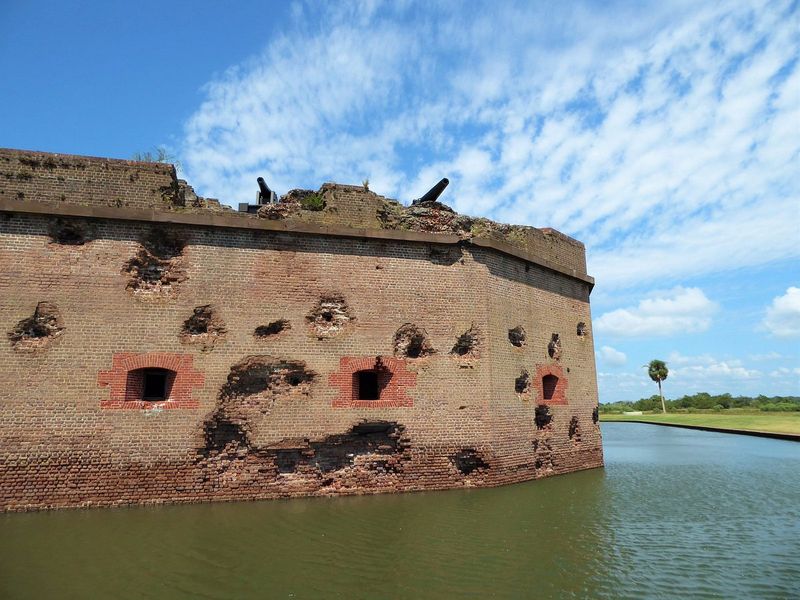
Guarding the Savannah River, Fort Pulaski is a marvel of engineering. Newly accessible areas include powder magazines and lookout towers that offer expansive views of the landscape.
As you explore, the fort’s strategic importance becomes clear, a sentinel watching over the waterways. Its thick walls and innovative design were once considered impregnable, a testament to military ingenuity.
Fort Pulaski invites visitors to delve into its history, offering a unique perspective on the art of fortification and defense.
Fort Point

Nestled beneath the Golden Gate Bridge, Fort Point is a hidden gem of military history. The newly opened areas include artillery rooms and command centers with breathtaking views of the bay.
Here, the fusion of natural beauty and military precision is striking, a place where past and present coexist. The fort’s architecture is a tribute to the craftsmanship of its builders, enduring through earthquakes and time.
Visitors can experience a unique chapter of history while enjoying the iconic vistas of San Francisco.
Fort Laramie
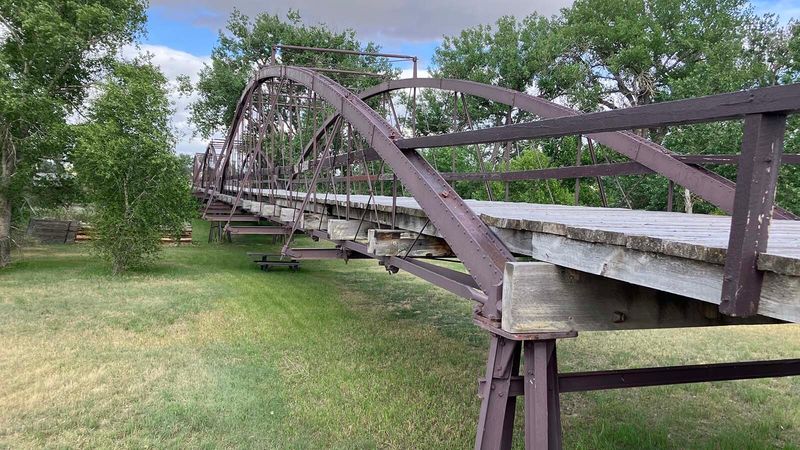
Out on the Wyoming plains, Fort Laramie stands as a testament to frontier life. Newly accessible areas include traders’ quarters and cavalry stables that paint a vivid picture of life on the edge.
The fort’s wooden structures and open spaces tell of a time when the West was wild and full of promise. Each building has stories to share, echoes of soldiers, settlers, and Native Americans who passed through these grounds.
Fort Laramie invites exploration, offering a poignant glimpse into the challenges and triumphs of the American frontier.
Fort Snelling
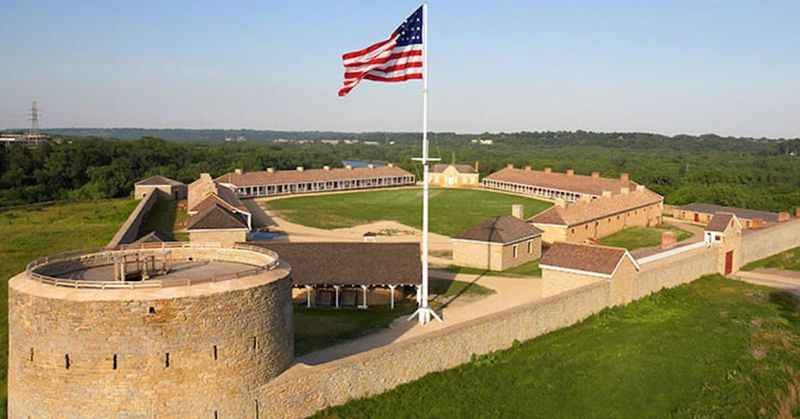
Perched at the meeting of two mighty rivers, Fort Snelling is a crossroads of history. Newly unveiled areas include soldiers’ barracks and a chapel, offering insights into military and social life of the time.
The fort’s stone structures stand resilient against the backdrop of natural beauty, a symbol of early American ambition and settlement. Walking these grounds transports you to a world where riverways were lifelines and forts were communities.
Fort Snelling’s history is deeply woven into the fabric of the region, inviting visitors to discover its many layers.
Fort Morgan
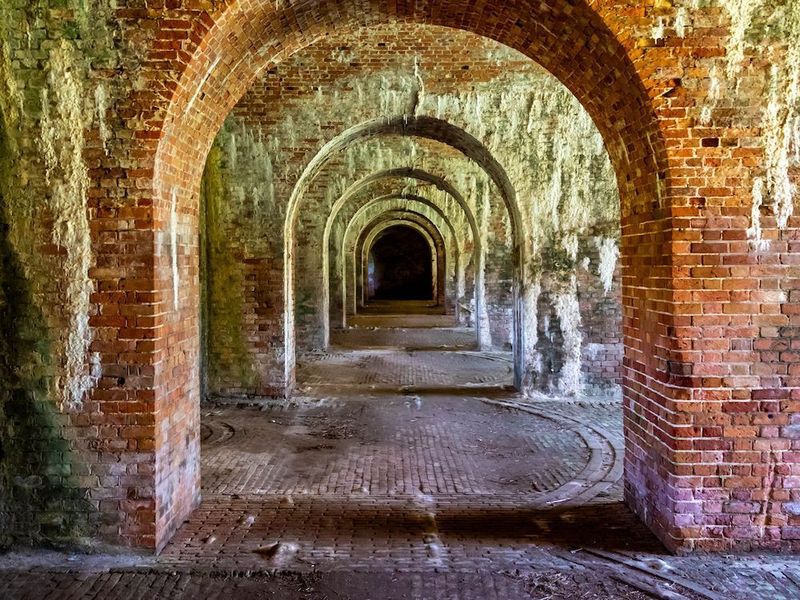
Guarding the entrance to Mobile Bay, Fort Morgan is a sentinel of the sea. Newly accessible areas include barracks and watchtowers with sweeping views.
The fort’s strategic design and location played pivotal roles in key historical battles, a testament to military foresight and engineering. Its star-shaped layout is both functional and formidable, designed to withstand naval assaults.
Visitors to Fort Morgan can explore its rich history while enjoying the stunning coastal scenery that surrounds this historic landmark.
Fort Clinch
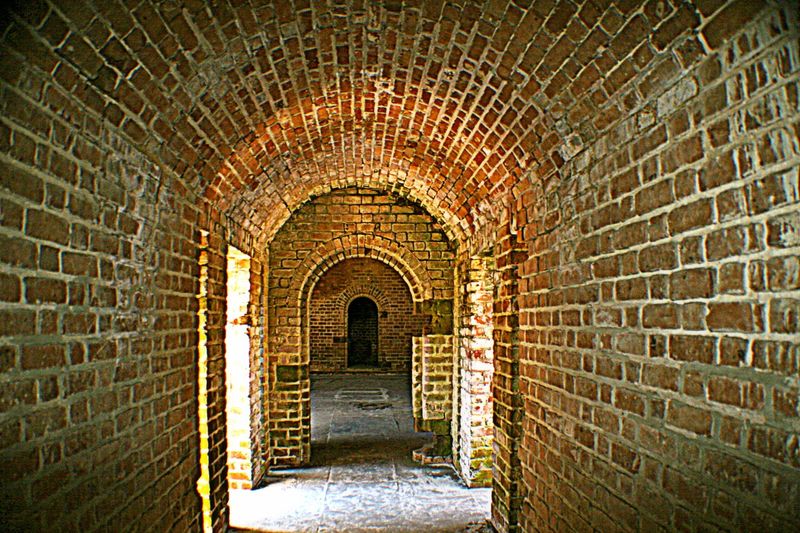
On the northern tip of Amelia Island, Fort Clinch offers a peaceful yet powerful glimpse into history. Newly opened tunnels and barracks reveal the fort’s role in coastal defense.
The fort’s brick arches and secluded pathways invite exploration, where echoes of the past intertwine with the rustling of the trees. Each corner tells a story of vigilance and preparedness, reflecting the spirit of those who served here.
Fort Clinch is a haven for history enthusiasts and nature lovers alike, offering a unique blend of history and natural beauty.
Fort Vancouver
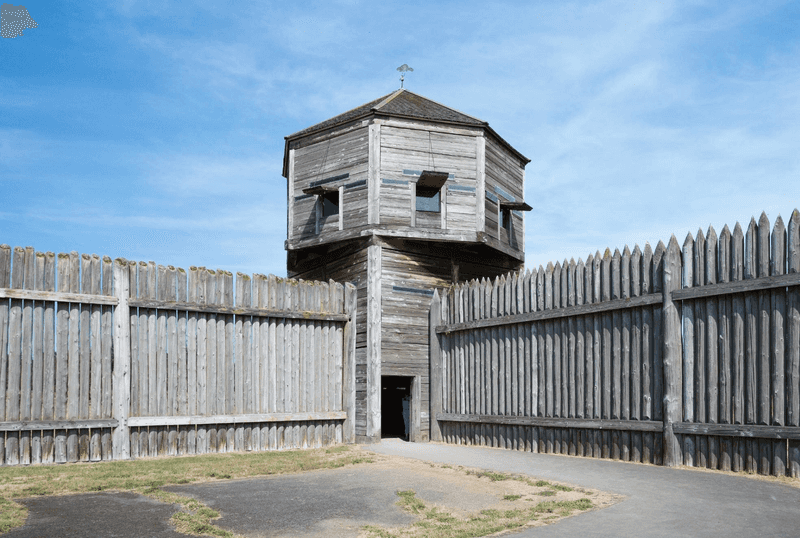
Overlooking the Columbia River, Fort Vancouver is a window into the Pacific Northwest’s past. Newly accessible areas include trade storehouses and officer’s quarters.
The fort’s wooden palisades and reconstructed buildings tell of a vibrant trading post that was central to the region’s development. Here, the stories of fur traders, Native Americans, and settlers converge, offering a rich tapestry of history.
Visitors can walk through time and experience the dynamic exchanges that shaped the Northwest, all within the fort’s storied walls.



